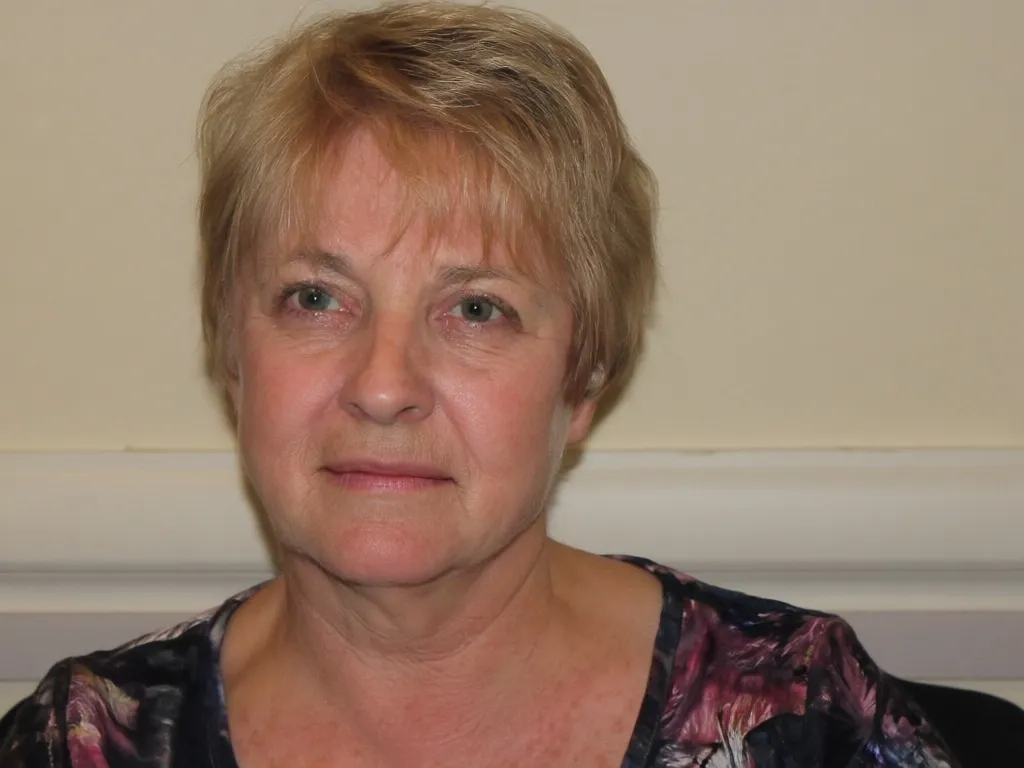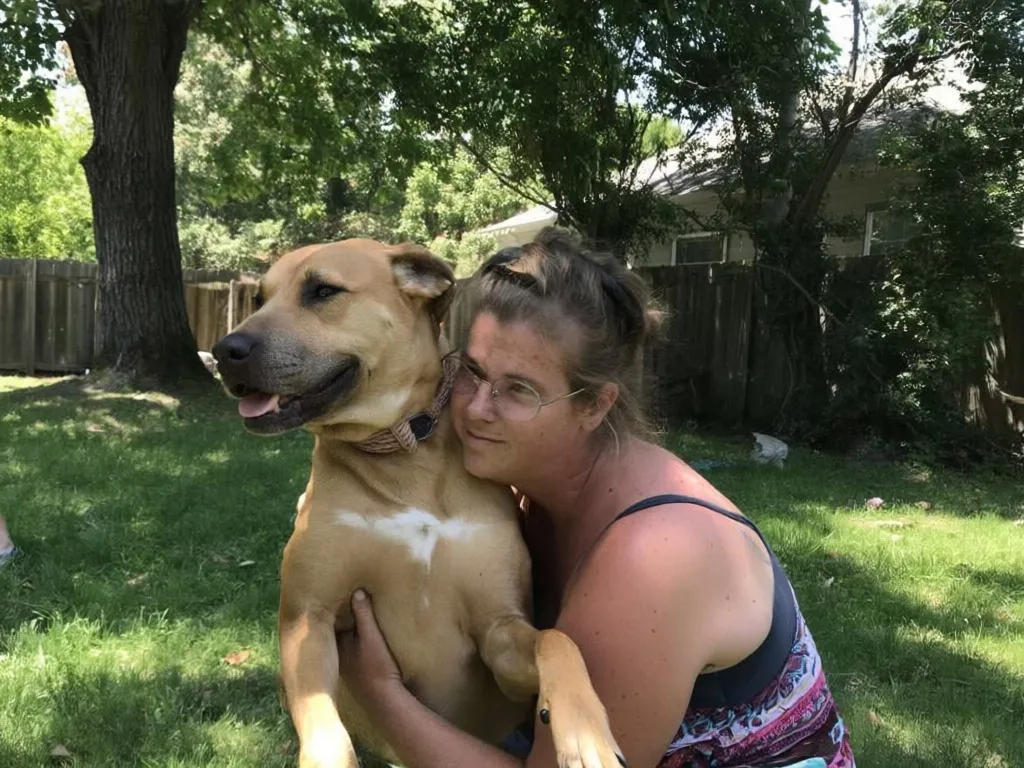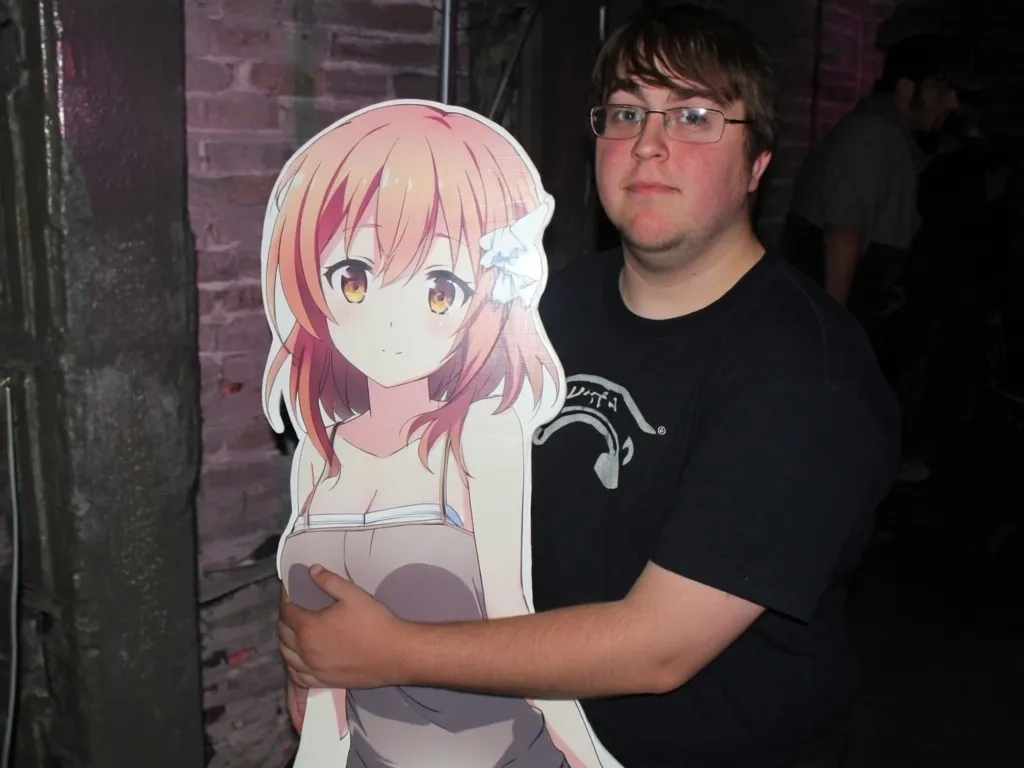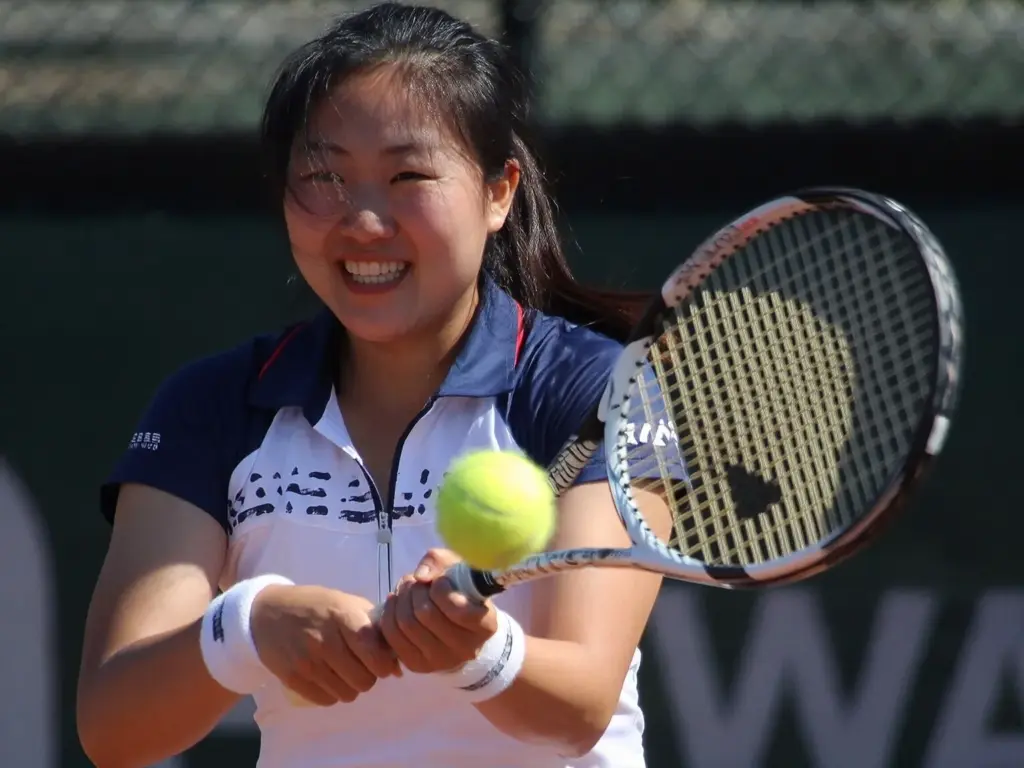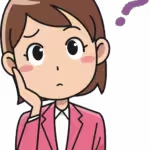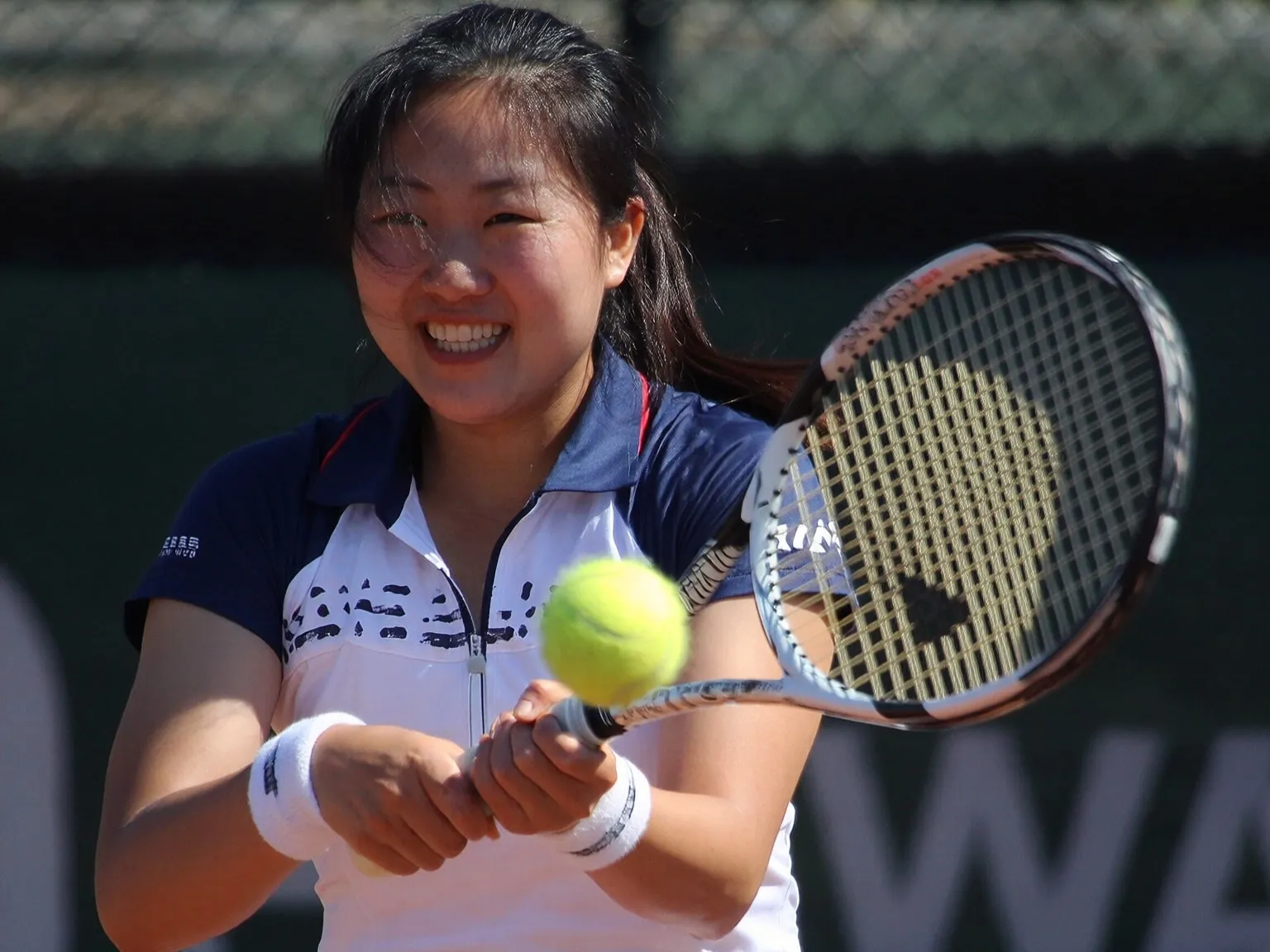I tested out the Boreal Qwen Image LoRA from Hugging Face, and here’s what I found. This model is built on top of Qwen/Qwen-Image, and it’s not fully polished yet—it’s more like a research playground. But that’s the fun part, because you can mix different LoRAs together and see how the outputs change.
What You Get in This Model
The developer uploaded three main LoRA files:
- qwen-boreal-general-discrete-low-rank.safetensors (47.2 MB)
- qwen-boreal-portraits-portraits-high-rank.safetensors (590 MB)
- qwen-boreal-small-discrete-low-rank.safetensors (47.2 MB)
How to Run It
The easiest way is with ComfyUI, and the creator already shared a workflow file here: workflow JSON.
Here’s the setup I tried:
- Load the Qwen/Qwen-Image base model.
- Add the general discrete LoRA at strength 1.0.
- Add the portrait LoRA at around 0.6 to 0.8.
- In your prompt, use the word photo. That’s the trigger.
When I run it this way, the generations actually look closer to real-world photos. Without the “photo” keyword, the results are a bit random.
Sample Prompts
The Hugging Face page itself shows some wild prompts that work pretty well:
- “2014 photo of a smiling 25 year old Korean woman swinging a tennis racket”
- “2009 photo of a woman hugging her dog in the backyard, sunny with tree shade”
- “2014 photo of a dentist operating on the teeth of a lion”
I tested the garden gnome one, and it came out looking surprisingly natural with shadows and sunlight.
